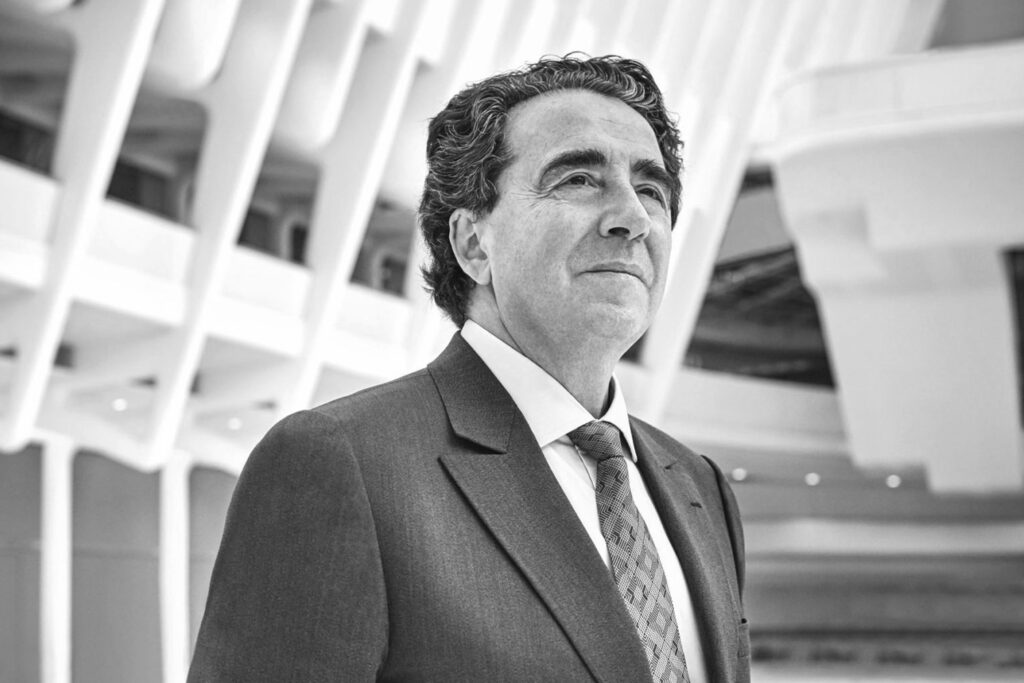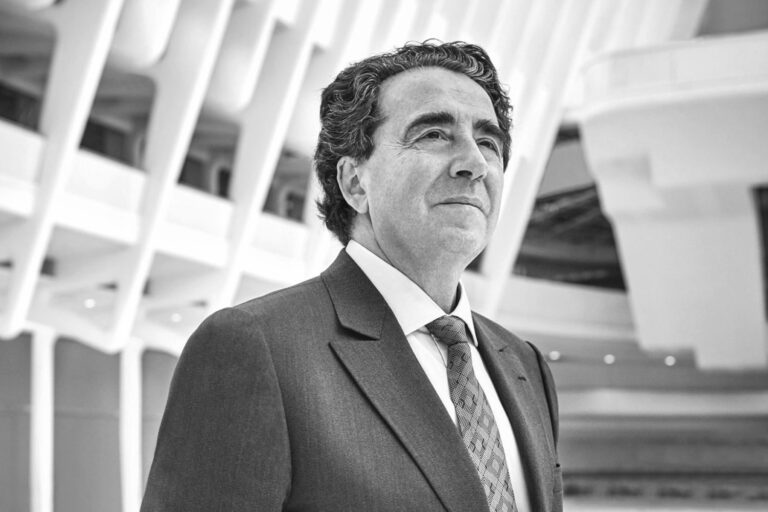
Note: This interview has been simulated by artificial intelligence, and the responses given by the individuals have been simulated as well. However, since access to famous people and their thoughts is not easily achievable, reading simulated interviews with prominent individuals can still be helpful and insightful.
Interviewer: Mr. Calatrava, you are known for your unique fusion of architecture, engineering, and art. What is your design philosophy?
Santiago Calatrava: I’ve always tried to create a balance between form and function, beauty and structure. For me, architecture is not just a technical task but also an artistic expression. The skeleton of a building should feel like part of a living organism—not just a lifeless frame.
Interviewer: You’ve expanded the realm of architecture through dynamic, moving structures. Where do you draw your inspiration from?
Calatrava: Nature, the human body, and motion are my main sources of inspiration. The forms you see in my work are often inspired by bones, bird wings, or ocean waves. I believe structures should breathe and move—not remain static.
Interviewer: One of your most iconic projects is the City of Arts and Sciences in Valencia. What can you tell us about that?
Calatrava: That project was a chance to create a cultural complex that connects science, nature, and humanity. From the retractable roofs to the organic, white forms—everything was designed to evoke a futuristic and inspiring atmosphere.
Interviewer: You often use the color white in your work. Why is that?
Calatrava: White is the color of light. It gives a space purity and timelessness. It also allows natural light to flow more freely. I want the forms to speak for themselves—not the colors.
Interviewer: What advice would you give to young architects?
Calatrava: Never stop learning about physics, art, and history. A successful architect is someone who goes beyond the ordinary and uses all forms of knowledge to create something new. Be bold and don’t be afraid to experiment.
Interviewer: Thank you so much for your time.
Santiago Calatrava: Thank you. I hope the next generation of architects keeps pushing the boundaries between science and art.


No comments yet.